Introduction
Welcome to the world of gaming, video editing, 3D rendering, virtual reality, and high-resolution visuals. If you find yourself wondering why you need a good graphics card, then you’ve come to the right place. In today’s digital age, having a powerful graphics card is crucial for achieving optimal performance in various applications and experiences.
A graphics card, also known as a video card or GPU (Graphics Processing Unit), is the core component responsible for rendering and displaying images, videos, and animations on your computer screen. While most computers come with a built-in graphics card, they are often integrated into the motherboard and lack the power required for demanding tasks.
Upgrading to a dedicated graphics card not only provides a significant boost in performance but also unlocks a whole new level of visual immersion and creativity. Whether you’re a hardcore gamer, a professional video editor, a 3D artist, or an enthusiast looking to enhance your overall computing experience, a good graphics card is essential.
In this article, we will explore the various reasons why having a good graphics card is important and how it can revolutionize your digital endeavors. From improved gaming performance to high-quality video editing and virtual reality experiences, let’s dive in and discover the benefits of investing in a powerful graphics card.
Understanding Graphics Cards
Before delving further into the importance of a good graphics card, it’s crucial to have a basic understanding of how these devices function. A graphics card is essentially a specialized circuit board that houses a processor designed specifically for handling graphics-related tasks.
The heart of a graphics card is the GPU, which is responsible for executing complex calculations and rendering images. The GPU consists of thousands of smaller units called CUDA cores or shader cores, which work in parallel to swiftly process data and produce the final output.
In addition to the GPU, a graphics card also includes memory components known as VRAM (Video Random Access Memory). VRAM stores and rapidly accesses the data required by the GPU, allowing for smooth and efficient rendering of complex graphics.
Graphics cards use various technologies and interfaces to communicate with the rest of the computer system. The most common interface is PCIe (Peripheral Component Interconnect Express), which enables high-speed data transfer between the GPU and the motherboard. Other technologies, such as HDMI (High-Definition Multimedia Interface) and DisplayPort, facilitate the connection of displays to the graphics card.
When a computer receives instructions to render a graphic, such as a video game scene or a 3D model, the CPU (Central Processing Unit) transfers the necessary data to the GPU. The GPU then processes the data and generates the final image, which is subsequently displayed on the monitor.
It’s important to note that not all graphics cards are created equal. Different models and manufacturers offer varying levels of performance, features, and compatibility. Some graphics cards are optimized for specific tasks, such as gaming, while others are designed for professional applications like video editing or CAD (Computer-Aided Design).
Understanding the inner workings of graphics cards is essential for grasping their significance and why investing in a good one can have a profound impact on your computing experience. Now that we have a foundation of knowledge, let’s explore the specific benefits that a good graphics card brings to the table.
Improved Performance in Gaming
One of the primary reasons why having a good graphics card is crucial for gamers is the significant improvement it brings to gaming performance. Whether you’re playing the latest AAA titles or competitive online multiplayer games, a powerful graphics card can make all the difference in terms of visuals and smooth gameplay.
Modern games have become increasingly demanding in terms of graphics processing power. They feature stunning visuals, realistic lighting effects, complex textures, and intricate character models. To render these graphics in real-time and maintain a high frame rate, a good graphics card is essential.
A high-end graphics card can handle intensive game graphics with ease, allowing you to set higher resolutions and graphical settings without sacrificing performance. This means you can enjoy games in all their visual glory, with crisp details, vibrant colors, and smooth gameplay, immersing yourself in the virtual world.
Additionally, a good graphics card enables you to explore advanced features such as ray tracing, which enhances the visual realism by accurately simulating the behavior of light in a scene. Ray tracing adds depth, shadows, and lifelike reflections to gaming environments, creating a more immersive experience.
Furthermore, many game developers optimize their titles specifically for certain graphics cards, taking advantage of their unique features and capabilities. With a good graphics card, you can fully capitalize on these optimizations, ensuring optimal performance and an immersive gaming experience.
Moreover, if you’re a fan of virtual reality (VR) gaming, a good graphics card is essential for a smooth and immersive VR experience. Virtual reality requires rendering two separate images simultaneously, one for each eye, at a high frame rate to prevent motion sickness and maintain immersion. A powerful graphics card can handle VR games without lag or stutter, providing a seamless and captivating experience.
In summary, a good graphics card is vital for gamers as it significantly improves gaming performance, enhances visual quality, and enables advanced features such as ray tracing. With a powerful graphics card, you can unlock the full potential of modern games and immerse yourself in breathtaking virtual worlds.
Enhanced Video and Image Editing
For those involved in video and image editing, having a good graphics card is essential to achieve efficient and high-quality results. These tasks require immense computational power and real-time rendering capabilities, which can be facilitated by a powerful graphics card.
When editing videos or working with high-resolution images, the software used often relies on the graphics card for accelerated processing. A good graphics card helps in handling complex effects, filters, and transitions, allowing for smooth playback and responsiveness in the editing software.
Rendering videos and applying effects can be time-consuming, especially with large files or intricate edits. With a good graphics card, these tasks can be significantly faster, saving you valuable time and improving productivity. You can preview your edits in real-time, make adjustments on the fly, and experience a seamless editing workflow.
Furthermore, a good graphics card enables support for technologies like CUDA (Compute Unified Device Architecture) or OpenCL (Open Computing Language). These technologies leverage the power of the GPU to accelerate tasks such as video encoding, decoding, and rendering. This translates into faster exports and smoother playback of high-resolution videos.
When it comes to image editing, a good graphics card enhances the overall performance of software like Adobe Photoshop or Lightroom. It allows for smooth zooming, panning, and rotation of high-resolution images, ensuring a responsive and fluid editing experience.
Additionally, a good graphics card improves the accuracy and efficiency of tasks such as applying filters, adjusting colors, or working with multiple layers. It ensures that image processing, including resizing, cropping, and retouching, is done swiftly and produces real-time visual feedback.
Another advantage of a powerful graphics card in video and image editing is the ability to support multiple displays. This lets you expand your working space, have a full-screen preview on one monitor while editing on another, or compare versions side by side, boosting productivity and streamlining the editing process.
To sum it up, a good graphics card is crucial for video and image editing, providing accelerated processing, real-time rendering, and improved performance. It enables smooth playback, faster exports, and a responsive editing experience, ultimately leading to higher-quality final products.
Efficient 3D Rendering and Animation
When it comes to 3D rendering and animation, a good graphics card is an absolute necessity. These tasks require immense computational power and real-time visual feedback, which can only be achieved through the use of a powerful graphics card.
3D rendering involves creating digital images or animations by simulating the behavior of light and materials in a virtual environment. This process requires complex calculations and can be extremely resource-intensive. A good graphics card plays a pivotal role in accelerating these calculations, allowing for faster rendering times and more efficient workflow.
Whether you’re working on architectural designs, product visualizations, or character animations, a powerful graphics card ensures smooth and efficient rendering. You can make changes to your scenes, adjust the lighting and materials, and see the results in real-time without significant delays. This real-time feedback greatly enhances the artistic process and helps you iterate quickly to achieve the desired outcome.
In addition, a good graphics card enables artists and animators to work with complex scenes containing numerous 3D objects, intricate textures, and high-resolution details. It ensures that the software can handle the heavy computational load, allowing for seamless interaction and manipulation of the 3D elements.
Furthermore, a good graphics card can take advantage of technologies like GPU-accelerated rendering engines such as NVIDIA’s CUDA or AMD’s Radeon ProRender. These technologies leverage the GPU’s parallel processing capabilities to speed up rendering times, resulting in significant time savings and increased productivity.
For professionals in the field, such as 3D artists and animators, having a good graphics card is not just a luxury but a necessity. It allows them to push the boundaries of their creativity, work with more intricate and detailed models, and render lifelike scenes and animations with greater ease.
Last but not least, a powerful graphics card ensures a smooth and immersive experience when working with virtual reality (VR) content creation. VR requires rendering two separate images simultaneously, one for each eye, at a high frame rate. A good graphics card can handle this demanding task, enabling seamless VR content creation and previewing.
In summary, a good graphics card is essential for efficient 3D rendering and animation. It provides faster rendering times, real-time visual feedback, the ability to handle complex scenes, and support for GPU-accelerated rendering technologies. For professionals and enthusiasts in these fields, investing in a powerful graphics card is key to achieving optimal results and unleashing their creative potential.
Smooth and Immersive Virtual Reality Experience
Virtual reality (VR) has revolutionized the way we experience digital content, whether it’s gaming, immersive storytelling, or exploring virtual environments. A good graphics card is essential to ensure a smooth and immersive VR experience.
VR relies heavily on real-time rendering and high frame rates to create a sense of presence and believability. A powerful graphics card plays a crucial role in delivering the necessary performance to render two separate images, one for each eye, at a high frame rate. This ensures that the VR experience is free from motion sickness-inducing lag or stutter.
With a good graphics card, you can explore virtual worlds in stunning detail, with vibrant colors, realistic lighting, and smooth animations. It allows for realistic textures, intricate object interactions, and fluid movements, enabling a sense of immersion that transports you to a virtual realm.
A powerful graphics card also enables support for advanced VR technologies such as room-scale tracking and dynamic motion capture. These technologies allow users to move around in a physical space and have their movements replicated in the virtual environment. The graphics card processes this data in real-time, ensuring an accurate and seamless tracking experience.
Furthermore, a good graphics card contributes to reducing VR-induced latency, which is the time delay between a user’s movement and the updated display in the headset. Lower latency enhances the sense of presence and minimizes the risk of motion sickness, making the VR experience more enjoyable and comfortable.
In addition to gaming, a good graphics card enhances the visual quality of VR content in other areas such as architectural walkthroughs, virtual tours, and medical simulations. It allows for realistic lighting effects, detailed textures, and lifelike animations, creating a more immersive and engaging experience for professionals and enthusiasts in different fields.
Moreover, a powerful graphics card ensures compatibility with various VR headsets and platforms, as each may have specific hardware requirements. By having a good graphics card, you can confidently explore a wide range of VR experiences and applications without worrying about compatibility issues.
In summary, a good graphics card is essential for a smooth and immersive virtual reality experience. It enables high frame rates, realistic visuals, accurate tracking, and reduced latency, ensuring a seamless and captivating VR experience. Whether you’re a gamer, a content creator, or a professional in a specific industry, investing in a powerful graphics card is key to unlocking the full potential of virtual reality.
Higher Resolution and Refresh Rate for Better Visuals
Another significant benefit of having a good graphics card is the ability to achieve higher resolutions and refresh rates, resulting in visually stunning and smooth visuals.
Resolution refers to the number of pixels displayed on the screen. A higher resolution means more pixels, resulting in a sharper and more detailed image. A good graphics card can handle higher resolutions, such as 1440p or 4K, without compromising performance. This translates to a more immersive and lifelike visual experience, where you can see intricate details and vibrant colors with greater clarity.
Moreover, a good graphics card enables support for multiple monitors, allowing you to expand your workspace and have a broader field of view. This is particularly beneficial for tasks that require multitasking or working with multiple applications simultaneously, such as video editing or 3D modeling.
Alongside resolution, the refresh rate plays a vital role in the overall visual experience. The refresh rate refers to the number of times the display updates per second. A higher refresh rate, typically 120Hz or 144Hz, results in smoother and more fluid motion, reducing motion blur and ghosting. A good graphics card can drive higher refresh rates, ensuring that fast-paced scenes in games or action-packed videos are displayed with optimal smoothness and clarity.
Not only do higher resolutions and refresh rates enhance gaming experiences, but they also benefit other activities such as video playback, graphic design, and content creation. When watching high-definition videos or movies, a good graphics card ensures that the content is displayed with exceptional sharpness, vivid colors, and accurate details.
For graphic designers and content creators, a good graphics card with support for higher resolutions and refresh rates allows for precise editing, accurate color representation, and smoother workflows. It ensures that the visuals being created are displayed in their full glory, providing an accurate representation of the final product.
Furthermore, a good graphics card enables support for technologies such as G-Sync or FreeSync, which synchronize the refresh rate of the display with the GPU’s output. This eliminates screen tearing and provides a smoother and tear-free visual experience, enhancing both gameplay and multimedia consumption.
In summary, having a good graphics card allows you to enjoy higher resolutions and refresh rates, resulting in visually stunning and smooth visuals. It enhances the level of detail, color accuracy, and overall visual experience in gaming, video playback, graphic design, and content creation. With a powerful graphics card, you can immerse yourself in high-resolution content and enjoy fluid motion without compromising performance.
Future-Proofing Your System
Investing in a good graphics card is not just about immediate benefits; it also helps future-proof your system, ensuring that it remains capable and relevant for years to come. Technology is constantly advancing, and software applications are becoming more demanding, requiring stronger hardware to perform optimally.
A good graphics card provides you with the power and performance required to handle upcoming software updates and advancements. It ensures that your system can run the latest games, graphics-intensive applications, and emerging technologies without struggling or becoming obsolete.
As game developers continue to push the boundaries of graphics, gameplay mechanics, and virtual reality, a powerful graphics card becomes even more crucial. It enables you to play new and graphically demanding games as they are released, ensuring a smooth and enjoyable gaming experience.
Similarly, advancements in video editing, 3D modeling, and animation software often place higher demands on hardware. By investing in a good graphics card, you can confidently tackle future projects and keep up with industry trends, knowing that your system can handle the workload efficiently.
Moreover, emerging technologies such as real-time ray tracing, deep learning, and artificial intelligence are increasingly being integrated into software applications. These technologies rely heavily on GPU processing power. A good graphics card equips your system with the necessary capabilities to harness these technologies, enabling you to explore and benefit from their advancements.
Another aspect of future-proofing is support for industry standards and connectivity options. A good graphics card ensures compatibility with the latest display interfaces, such as HDMI 2.1 and DisplayPort 1.4, enabling you to connect to high-resolution monitors or multiple displays. It also supports the latest graphics APIs (Application Programming Interfaces), allowing you to take advantage of new software features and optimizations.
By investing in a good graphics card, you prolong the lifespan of your system, avoiding the need for frequent upgrades. This not only saves you money in the long run but also provides a smoother and consistent user experience. It allows you to focus on the tasks at hand rather than worrying about hardware limitations or compatibility issues.
In summary, a good graphics card helps future-proof your system by providing the power and performance needed to handle upcoming software advancements. It allows you to play the latest games, work with demanding applications, and take advantage of emerging technologies. By investing in a powerful graphics card, you ensure that your system remains capable and relevant for years to come, providing a smoother and more enjoyable computing experience.
Conclusion
In today’s digital landscape, a good graphics card is an indispensable component for a wide range of tasks and experiences. Whether you’re a gamer, video editor, 3D artist, or simply someone who appreciates high-quality visuals, investing in a powerful graphics card is essential.
From improved gaming performance to enhanced video and image editing capabilities, a good graphics card can significantly enhance your overall computing experience. It allows you to enjoy games in their full visual glory, with smooth gameplay and stunning graphics. When it comes to editing videos or working with high-resolution images, a powerful graphics card ensures efficient rendering, real-time visual feedback, and faster exports.
In addition, a good graphics card is crucial for efficient 3D rendering and animation, providing fast rendering times, real-time interaction, and support for advanced rendering technologies. It also ensures a smooth and immersive virtual reality experience, allowing you to explore virtual worlds with high resolution, accurate tracking, and reduced latency.
Furthermore, a good graphics card enables you to achieve higher resolutions and refresh rates, resulting in visually stunning and smooth visuals. Whether you’re playing games, watching high-definition videos, or working on graphic design projects, a powerful graphics card ensures optimal visual quality and performance.
Lastly, investing in a good graphics card helps future-proof your system, ensuring its compatibility and capability to handle upcoming software advancements, emerging technologies, and industry standards.
In conclusion, a good graphics card is more than just a hardware component – it unlocks a world of possibilities and enhances your digital endeavors. Whatever your passion or profession may be, a powerful graphics card is an investment that will elevate your computing experience and enable you to unleash your creative potential.







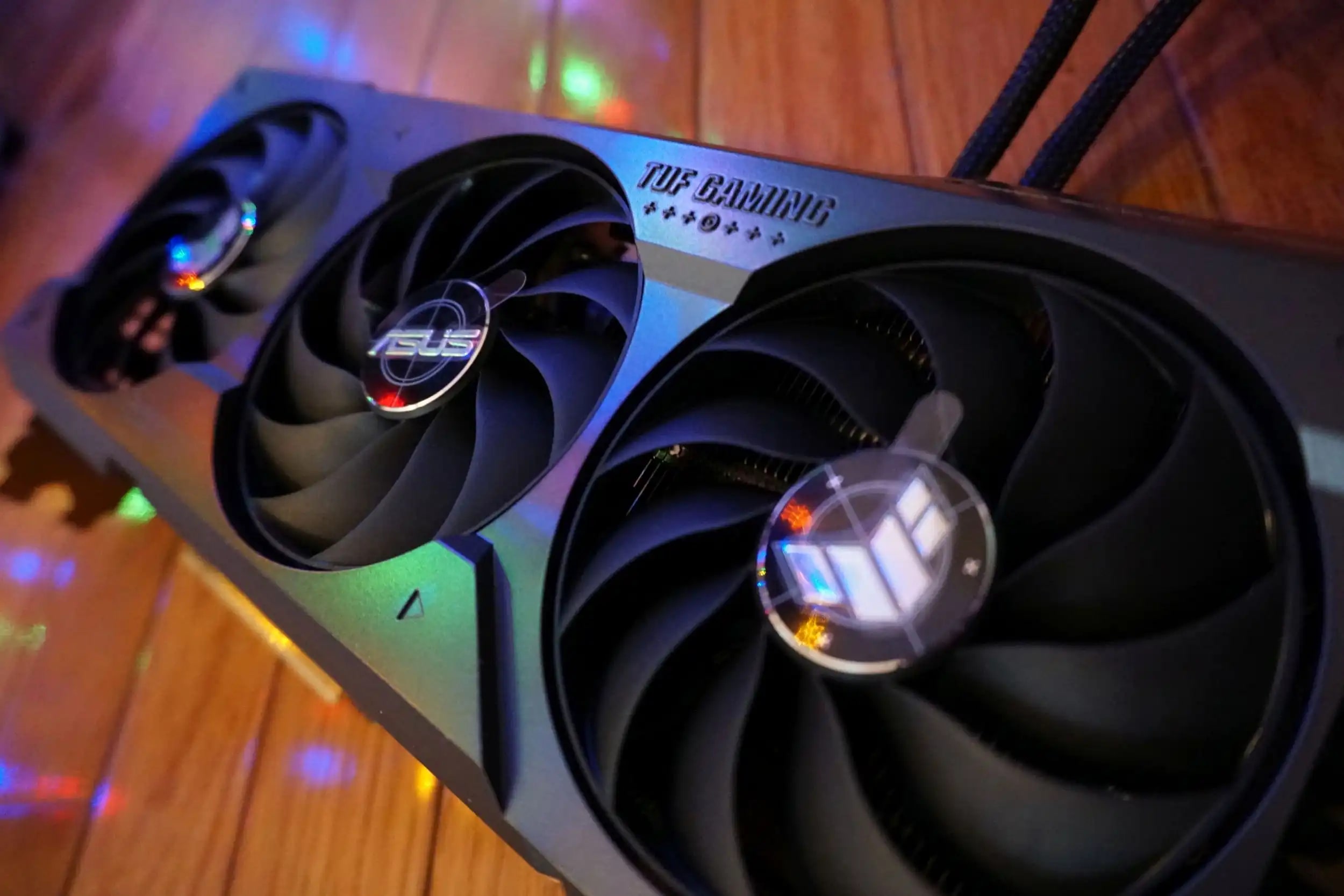

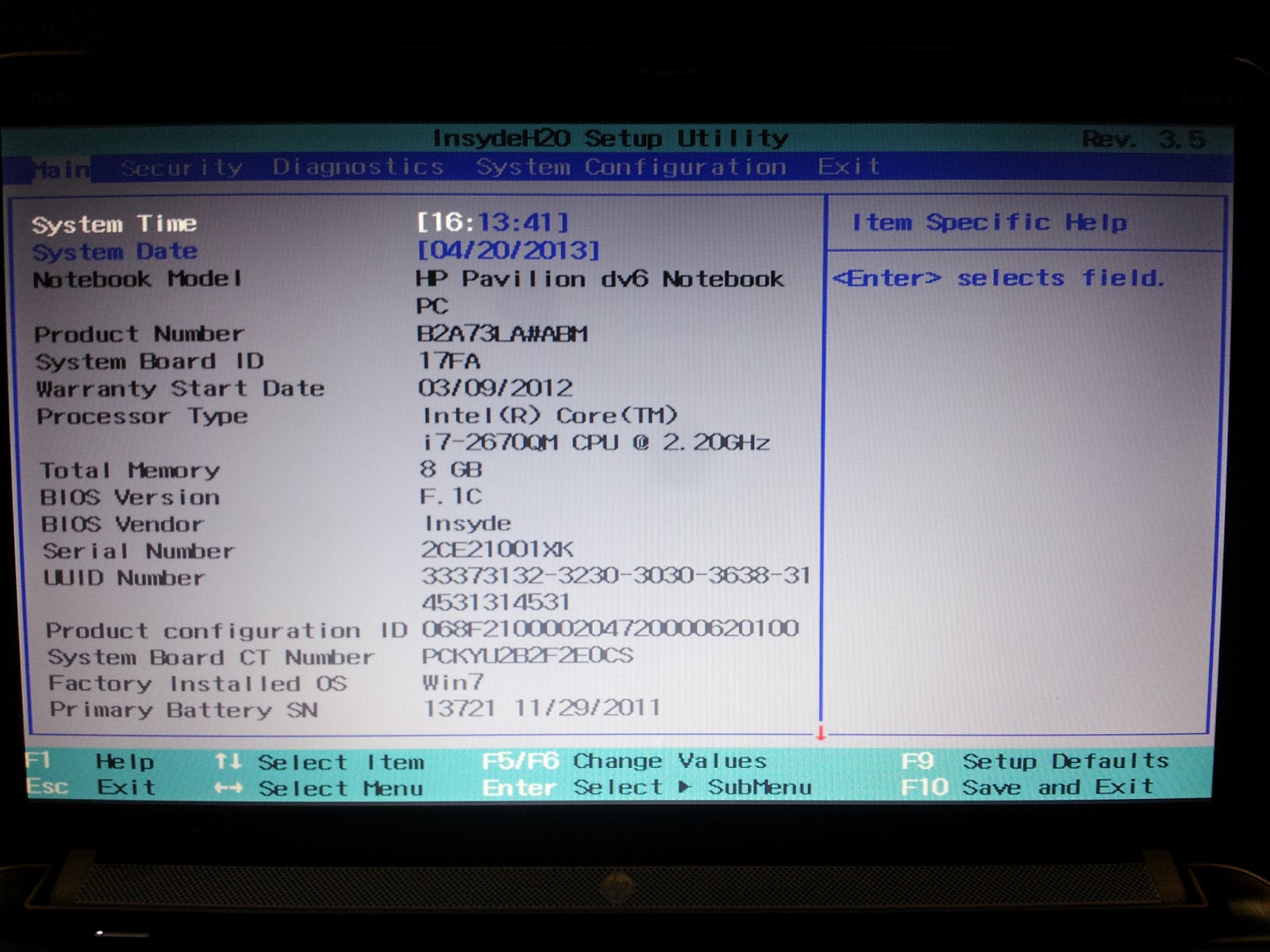

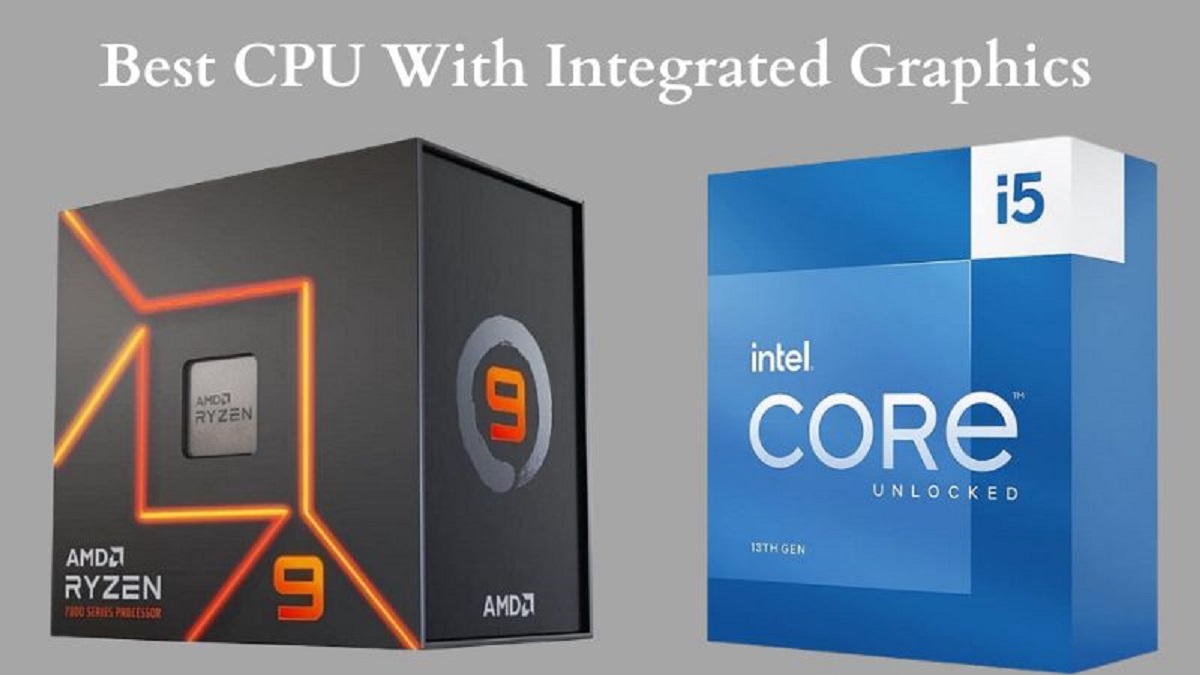
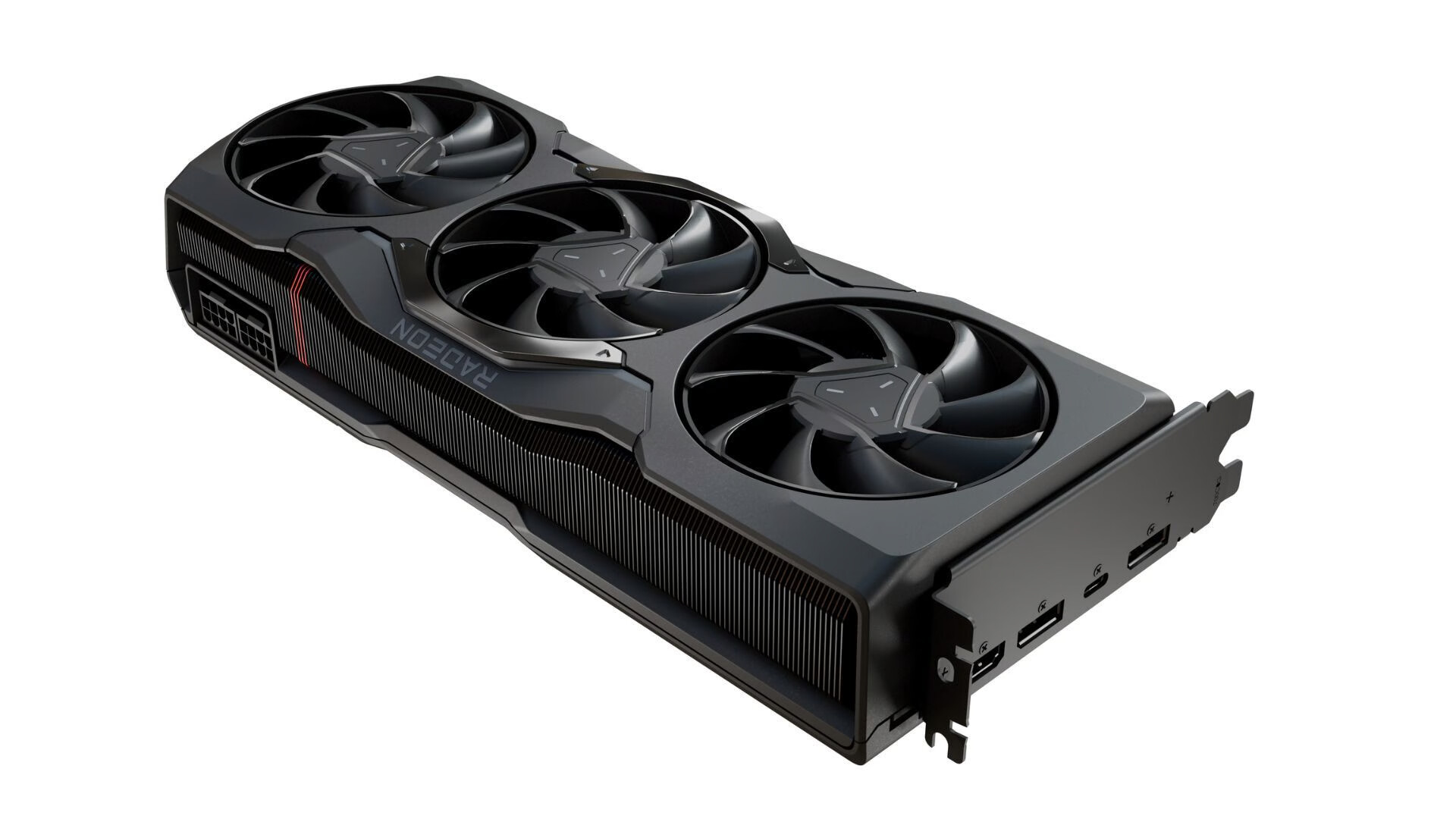
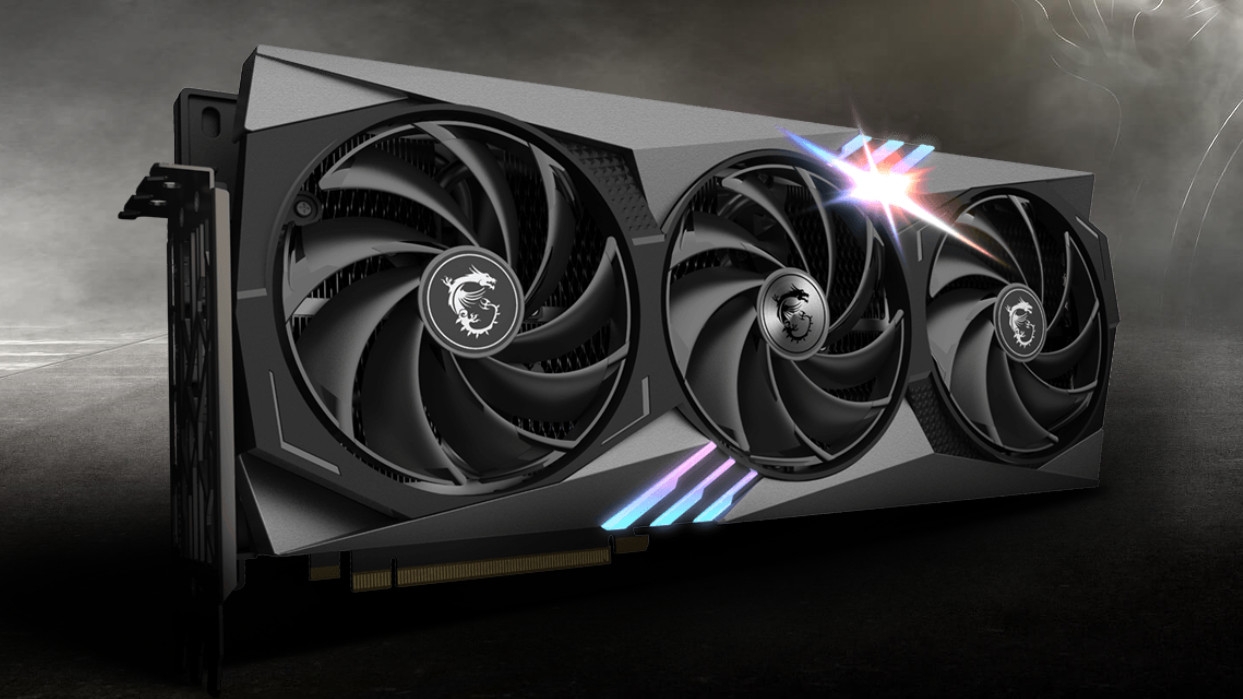
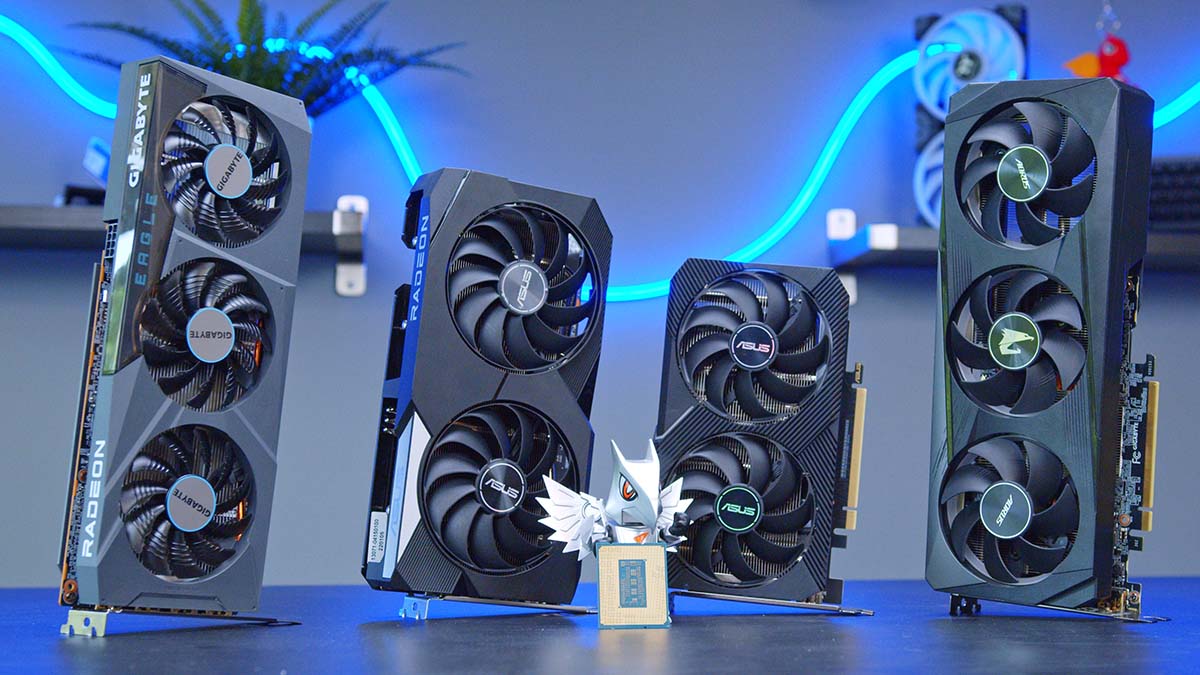

![Setting Up Dual Monitors With Your Laptop [Easy Guide]](https://robots.net/wp-content/uploads/2022/07/workstation-405768_1920-300x202.jpg)








